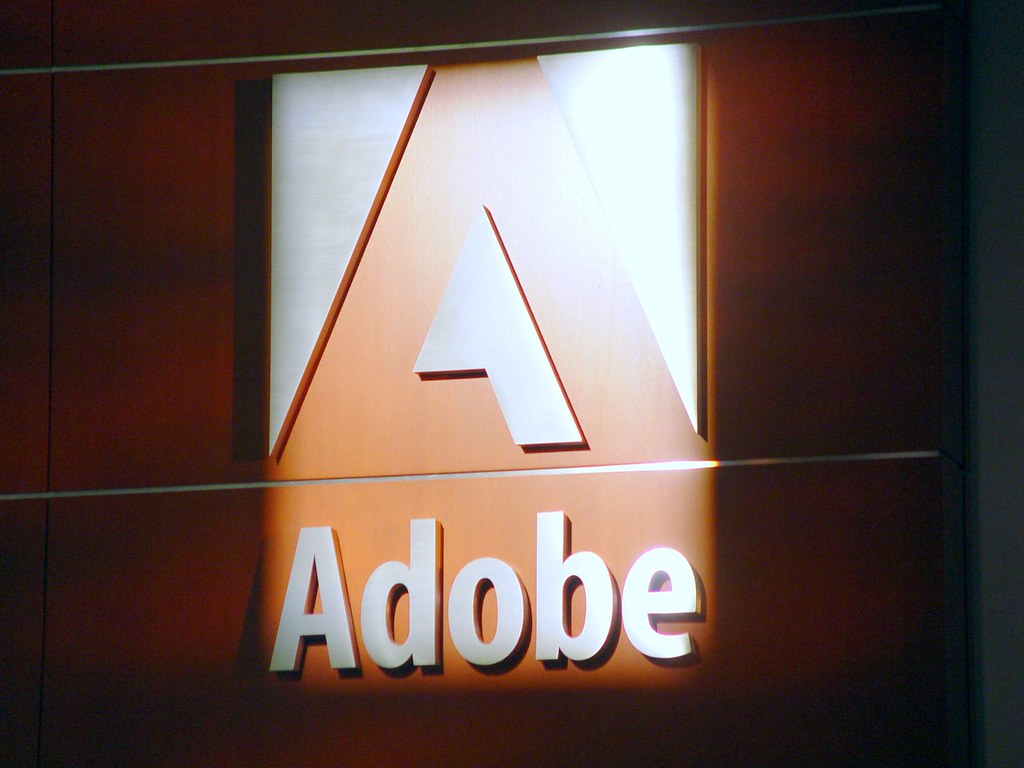
Adobe also recently announced a new content credential application. This new tool aims to address the increasing fears that creators have about their images being used to train artificial intelligence (AI) systems. While recent controversies have sparked this effort, it comes on the heels of major pushback from Meta’s enforcement of labels to auto-tag images on its platform last year.
The new content credential app was built with feedback from creators. It allows users to associate credentials to up to 50 pictures in JPG or PNG format in bulk. This is a welcome feature that gives users greater control over their content, which will be especially important as the AI and art conversation develops further. For small creators and agencies, the app can be an equalizer. They have been growing more vocal about their desire for additional oversight on how their works are utilized as certain AI training processes.
Feedback from Adobe’s Senior Director
Andy Parson, Senior Director of the Content Authenticity Initiative at Adobe said this new tool was incredibly important. He stated, “Content creators want a simple way to indicate that they don’t want their content to be used for gen AI training. We have heard from small creators and agencies that they want more control over their creations [in terms of AI training on their content].”
However useful, the content credential app does not authenticate effective copyright or IP legitimacy. Rather, the credentials are just a signal that a person had something to do with producing the content. Parson took this one step further, stating that a grey area exists for images that have been altered by AI but are not “fully AI created.” He is deeply passionate about the principles that artists and creators must always be able to sign their work and to be attributed in a way that meets professional standards. This doesn’t mean the IP is necessarily legitimate or even copyrightable, but merely that someone created it.
Integration with Social Media Platforms
The app allows users to connect their Insta or X (formerly Twitter) accounts to an image. It doesn’t combine any of that with the verification efforts across these platforms. This lack of integration raises questions about how effectively creators can manage their online presence and protect their work in a rapidly changing digital landscape.
Meta’s earlier move to add a “Made with AI” tag to all edited images raised an uproar. This story underscores the ever-present friction between art and tech. Most artists I know feel that these categories mischaracterize the new realities and intricacies involved in image making today. They contend that these terms do not accurately portray the complicated interplay between human ingenuity and machine aides.
The debate over AI’s place in the art world is becoming increasingly contentious. Organizations such as C2PA, which is associated with Adobe’s Content Authenticity Initiative, emphasize that they don’t intend to dictate what art should look like. Rather, they want to develop frameworks and solutions that open up new tools for creators—including artists, engineers, researchers—while honoring their interests and rights.
With the release of the content credential app, Adobe has cemented its position as creating best home for creators. This brilliant creation fulfills the moment that artists are clamoring for, in an age where every creative medium incorporates digital technology and artificial intelligence. The company acknowledges the importance of creator autonomy and strives to facilitate an environment where artists can maintain control over their work.
Author’s Opinion
Adobe’s new content credential app is a crucial step forward in empowering creators, offering them more control and transparency over how their work is used in the rapidly evolving digital and AI landscape. However, the app’s limitations, such as the inability to verify copyright or IP legitimacy, raise questions about how effectively it can truly protect creators’ rights in the long run. While it provides an essential tool for acknowledging authorship, more comprehensive solutions will be needed to address the broader implications of AI in art and intellectual property.
Featured image credit: midiman via Flickr
Follow us for more breaking news on DMR
